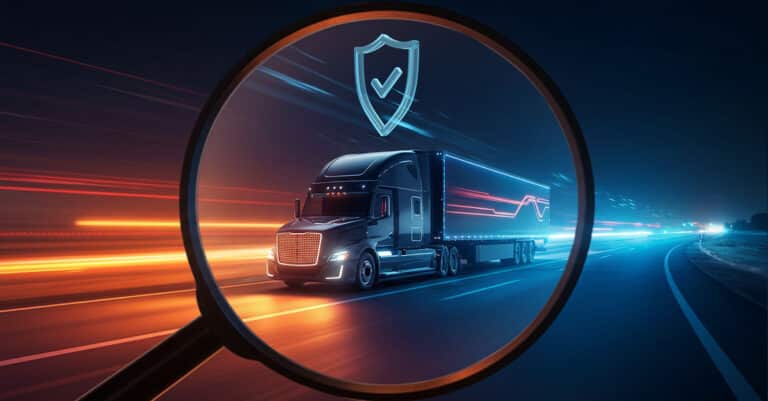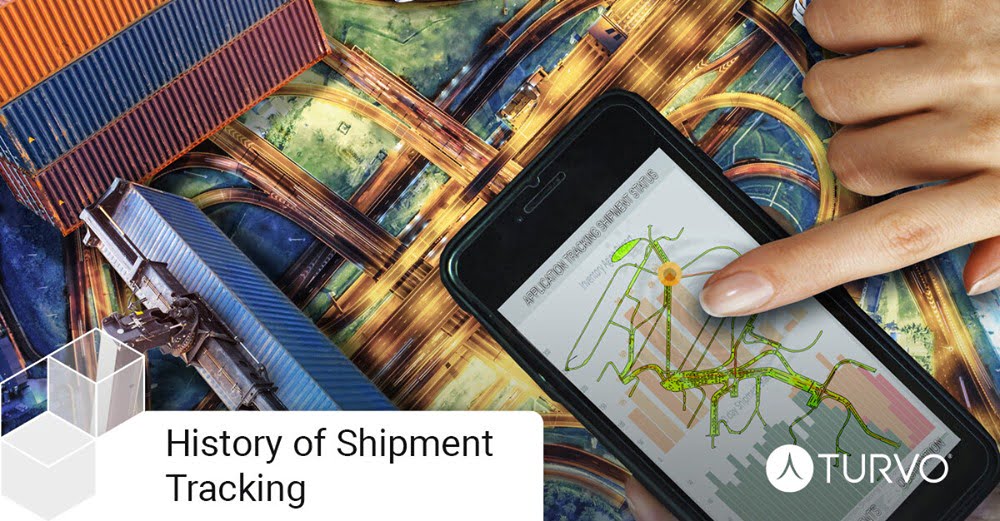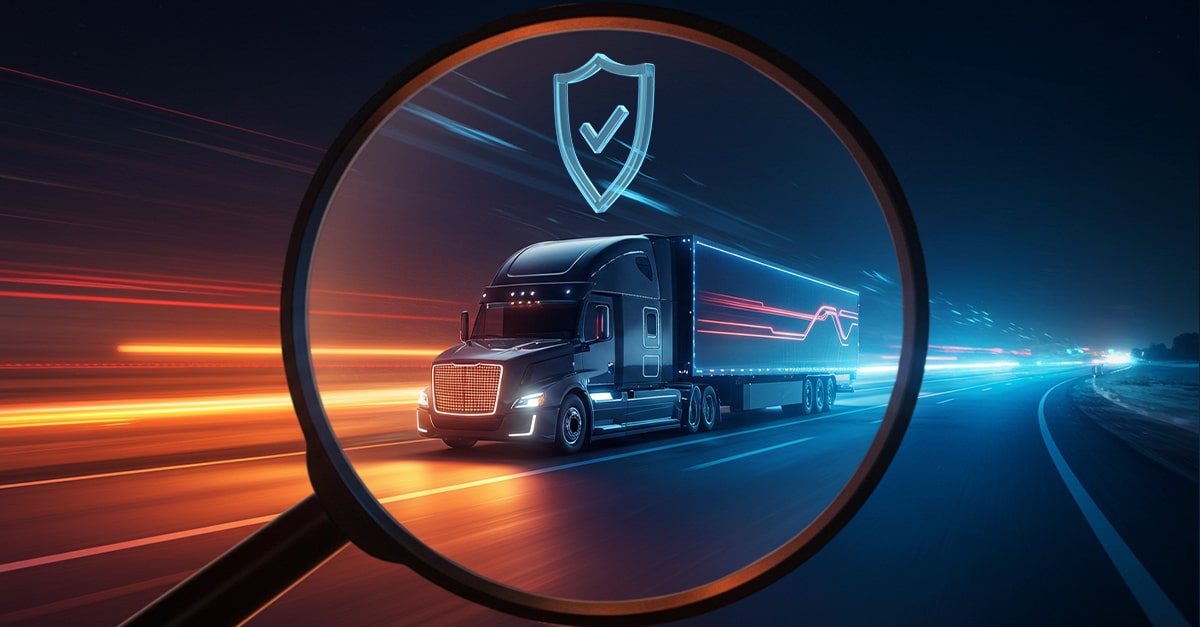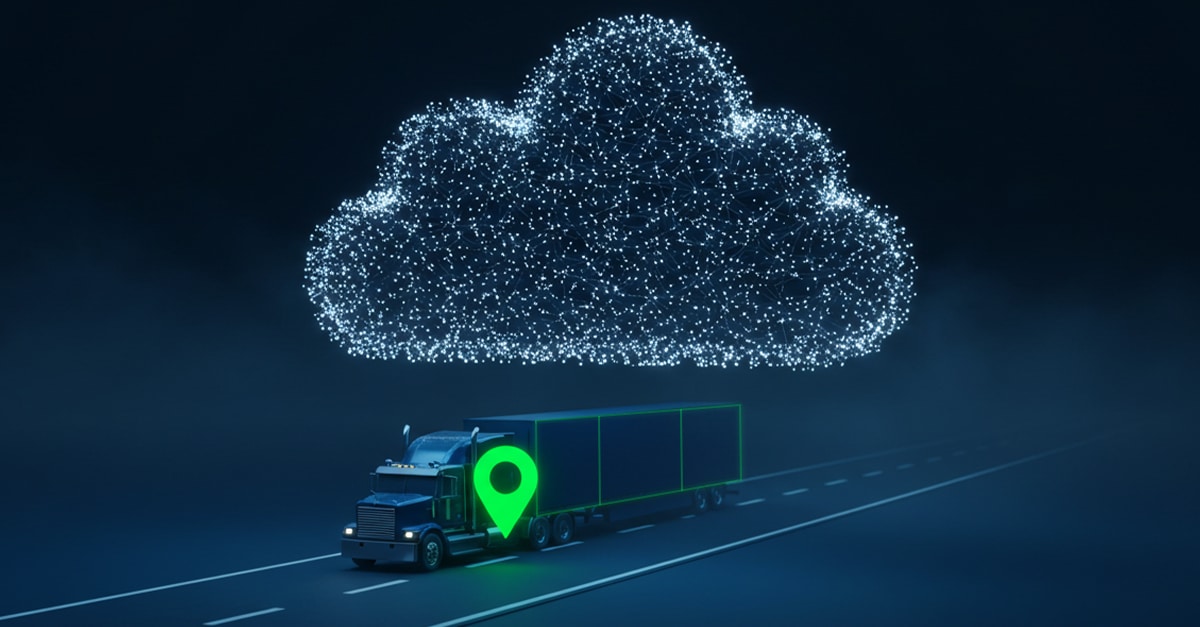Modern shipment tracking might not seem like a big issue. It’s a simple process that simply shows the package’s last known location. In today’s world, shipment tracking sounds new and innovative, but humanity has been tracking shipments for longer than many realize. And with demand for more shipping growing across all carriers, the need for faster more accurate tracking will increase. According to Cargobot, “on a typical day, UPS handles over 20.7 million packages, while FedEx averages over 15 million each day. These staggering shipping numbers will only continue to grow as the world continues to become interconnected, and more people continue to shop online.” The simple truth is that the modern idea of tracking and digital supply chains—seeing locations in real-time and following them through delivery—is another innovation in a long line of people asking, “when will it be here?”
Tracking Has Been Around for Thousands of Years
Shipment tracking in terms of communication began with the domestication of horses and trade between people. The only real means of communication were in the form of easy to see signals, such as fires or smoke, that could help nearby people know what’s happening.
Ancient Egypt Established the First Known Courier Service
Ancient Egypt established the first known courier service around 2,400 B.C.E. The Egyptian kingdom relied on people to move papyrus scrolls and raw materials for building, linking military posts, and more. Of course, Ancient Egypt largely relied on slave labor to make this possible.
In Ancient Rome, people would send letters by a similar carrier—using feathers from certain foul and birds to indicate importance—almost comparable to the modern stamp. Again, the mundane ways of sharing information remained in place.
Tracking Remained Stagnant Until the Creation of the Post Office
Tracking remained largely stagnant and unchanged until the founding of the United States Post Office at the time of the American Revolution. The establishment of standardized rates and sharing information. Then in 1844, the invention of the telegram finally gave people a way to communicate across long distances. Around the same time, the creation of the fax machine, known as an “electric printing telegraph,” also posed a new way to share shipment tracking information.
Pony Express Became the First Company to Offer Expedited Service
The Pony Express became the first company to offer expedited service in the 1860s amid the California Gold Rush. Shortly thereafter, the Trans-Continental Railroad changed the game, moving shipments faster and sharing information along telegram lines. Over time, the invention of the telephone gave way to a new way to get more information surrounding shipment tracking.
UPS Was Founded
In 1907, UPS became the first major carrier to operate following the invention of cars and trucks. UPS began picking up and moving freight, sharing information by landline telephones along the way, usually only at key intervals in transit.
The USPS Replaces the USPO
In 1970, USPS replaced the USPO and became the official mail courier of the U.S. It was a remarkable moment in that it finally gave way to more companies only moving packages. Of course, shipment tracking updates were still subject to the ability to share information by phone.
Tracking Received a Speed Boost With the Invention of the Internet
The invention of the internet stands out as the most important change in the history of shipment tracking. Through the internet, people could finally share information faster. Obviously, the other options for sharing shipment tracking information through phone and fax were available, but they were painfully slow.
Internet Tracking by Email Was Replaced by Automated Notifications for Paid Subscribers
As the internet grew, the next big way to notify people came in the form of email. Email notifications were great, but the relatively small pool of internet users meant that notifications were primarily a business-to-business function.
Companies Began to Offer Free Tracking
As the internet continued to evolve after 2000, email notifications grew more widespread. It’s also possible to argue that the internet didn’t really change shipment notifications for consumers and most small businesses until Apple and AT&T unveiled the iPhone with the world’s first browser-based capability. Yes, mobile phone tracking by text arrived first, but it was so brief that it was quickly replaced by more email notifications on the phone. Even today, text message shipment tracking is still an invaluable resource. But email and text messages are way too numerous to track all packages for carriers, LSPs, shippers, and more.
Amazon Built the Path for a Digital Tracking Functionality for E-Commerce
Amazon built the first real path for digital tracking in e-commerce. The major carriers had already started offering status updates on limited online servers, but they were troublesome and required advanced coding knowledge to share information with small businesses.
Tracking Is Now an Expectation, Not Just a Privilege
The game profoundly changed when people gained the ability to receive push notifications for shipment tracking, and that functionality also expanded when companies began to offer real-time location data for packages.
In fact, the idea of tracking the real-time location data for a package, especially in the final mile, has only been around for four years. As reported by Time magazine, “UPS rolled out its “Follow My Delivery” feature, a tool that lets customers track their bundles in real-time on a map. Despite living in an age of Uber, Instacart, and even Domino’s Pizza Tracker, this is the first time a major U.S. package carrier has been able to show customers a package’s location en route.”








